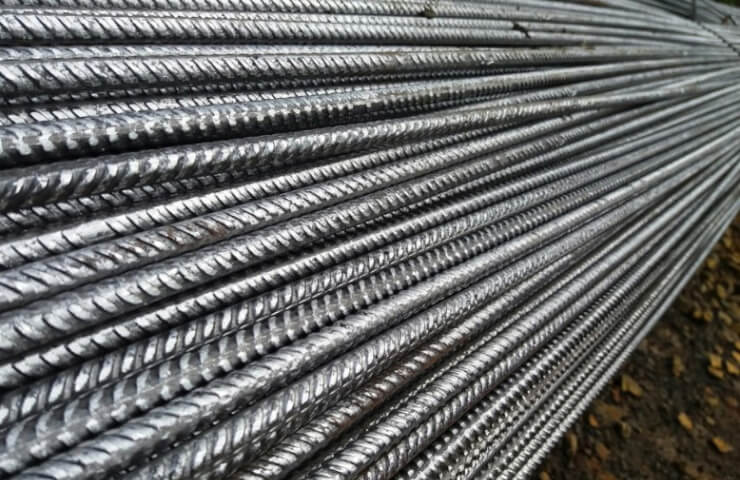China's manufacturing activity grew at its fastest pace in more than a decade in February, according to the official index released on Wednesday, beating expectations as production surged after Covid-19 restrictions were lifted late last year.
According to China's National Bureau of Statistics, the Manufacturing Purchasing Managers' Index (PMI) jumped to 52.6 from 50.1 in January, surpassing the 50 mark that separates up and down activity. The PMI far exceeded analysts' forecast of 50.5 and was the highest value since April 2012.
In 2022, the world's second largest economy recorded one of its worst years in almost half a century due to stringent Covid restrictions and subsequent widespread infections. Restrictions were abruptly lifted in December as the highly contagious Omicron spread across the country.
Global markets cheered for a big PMI surprise as Asian equities and the Aussie bounced back on previous losses, the offshore yuan bounced back and oil rallied as investors became more optimistic about China's economic outlook.
"The strong PMI figures partly reflect a weak starting point for the economy this year and are likely to fall soon as the pace of recovery slows," said Julian Evans-Pritchard, head of China economics at Capital Economics.
"We were already expecting a quick short-term recovery, but the latest data suggests that even our above-consensus 5.5% growth forecast for this year may be too conservative."
Markets are looking to the annual meeting of parliament starting this weekend to set economic targets and elect new top economic officials.
“The solid PMI figures are positive for the upcoming National People's Congress. We expect the government to roll out further support policies to anchor the economic recovery,” said Zhou Hao, economist at Guotai Junan International.
The official PMI was released shortly before the publication of Caixin/S&P's optimistic private sector indices, which showed an increase in activity for the first time in seven months.
Businesses accelerated the resumption of work and production as the sector felt the effects of economic stabilization policies and the impact of Covid-19 abated, NBS said in a separate statement.
The production of furniture, metal products and electrical equipment has improved significantly, with production and new orders indexes in these industries exceeding 60.0.
Mixed Prediction
New export orders rose for the first time since April 2021, according to PMI.
At the same time, China's PMI contrasted with the more pessimistic manufacturing readings of other Asian economies in February, showing that conditions abroad were sluggish.
More broadly, the outlook remains mixed as the country's main trading partners face rising interest rates and price pressures.
China's manufacturing sector has been under pressure this year as factory prices fell in January, last month's data showed, on still-cautious domestic consumption and uncertain external demand.
According to NBS, manufacturing companies have also experienced rising purchase prices in the steel and related industries.
The official Non-manufacturing Purchasing Managers' Index (PMI) rose to 56.3 from 54.4 in January, marking the highest growth rate since March 2021.
Construction activity, which is part of the official non-manufacturing PMI, rose even more to 60.2 from 56.4, partly due to the resulting increase in infrastructure spending and increased funding to help developers complete stalled projects.
Service activities also continued to grow, driven by improvements in the transportation and accommodation sectors.
China's central bank said on Friday that the domestic economy is expected to recover in 2023, although external conditions remain "harsh and challenging".
The composite PMI, which includes both manufacturing and non-manufacturing activities, rose to 56.4 from 52.9.




